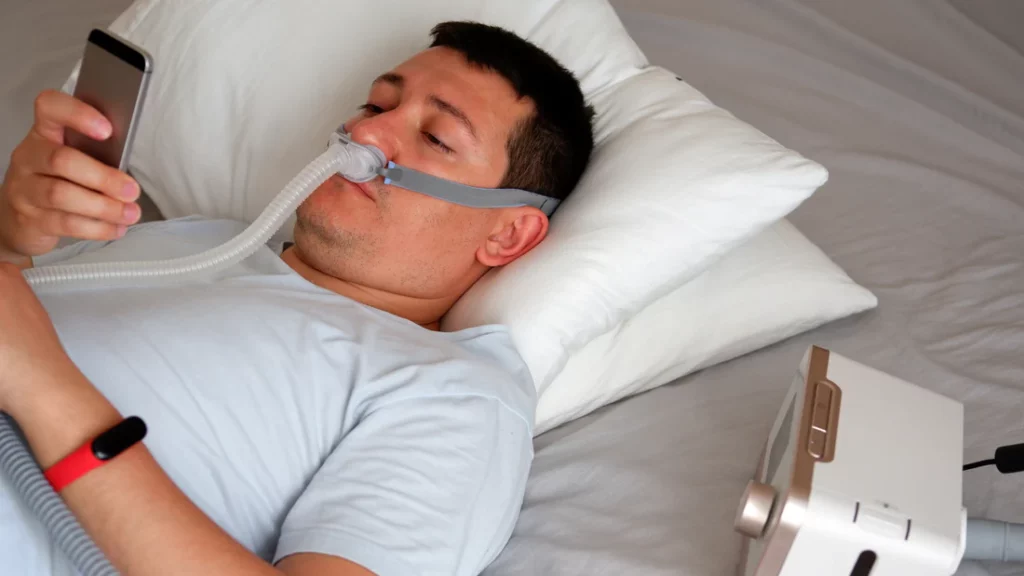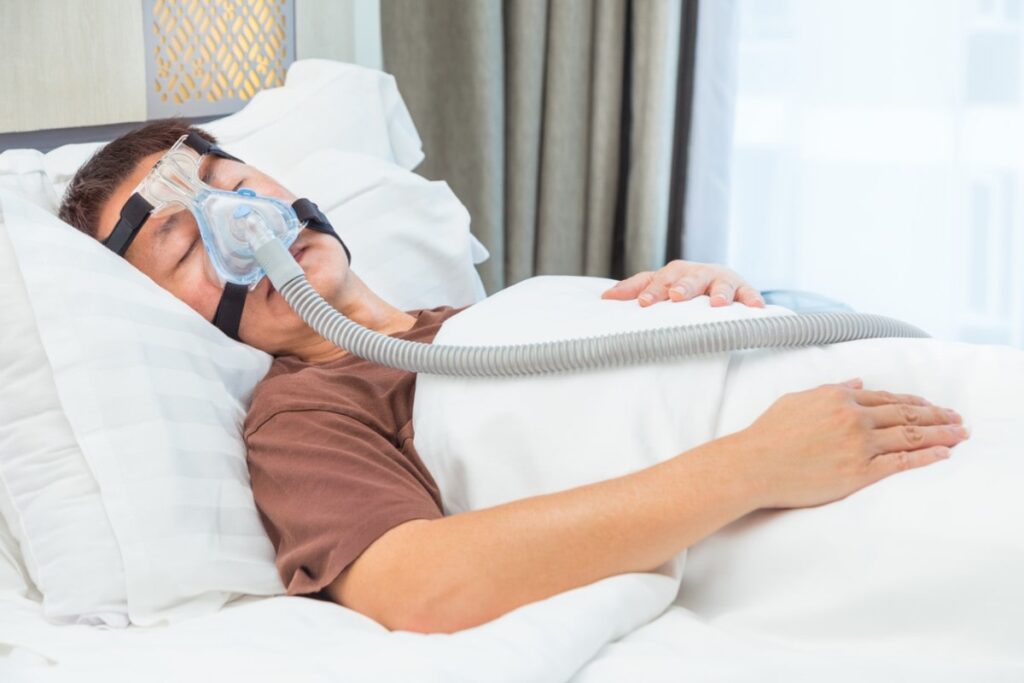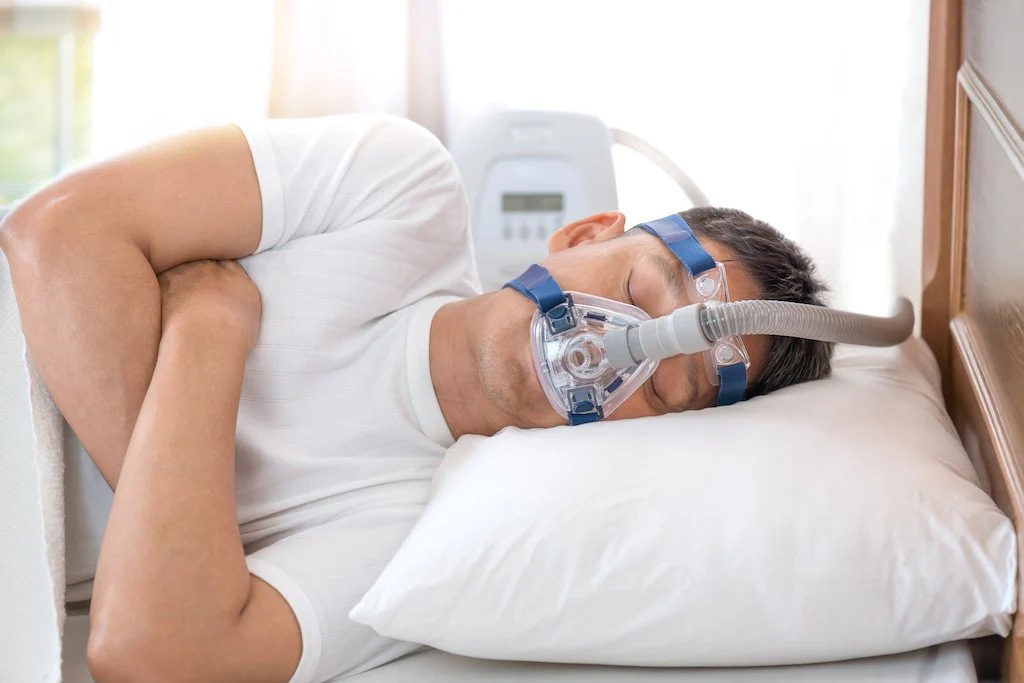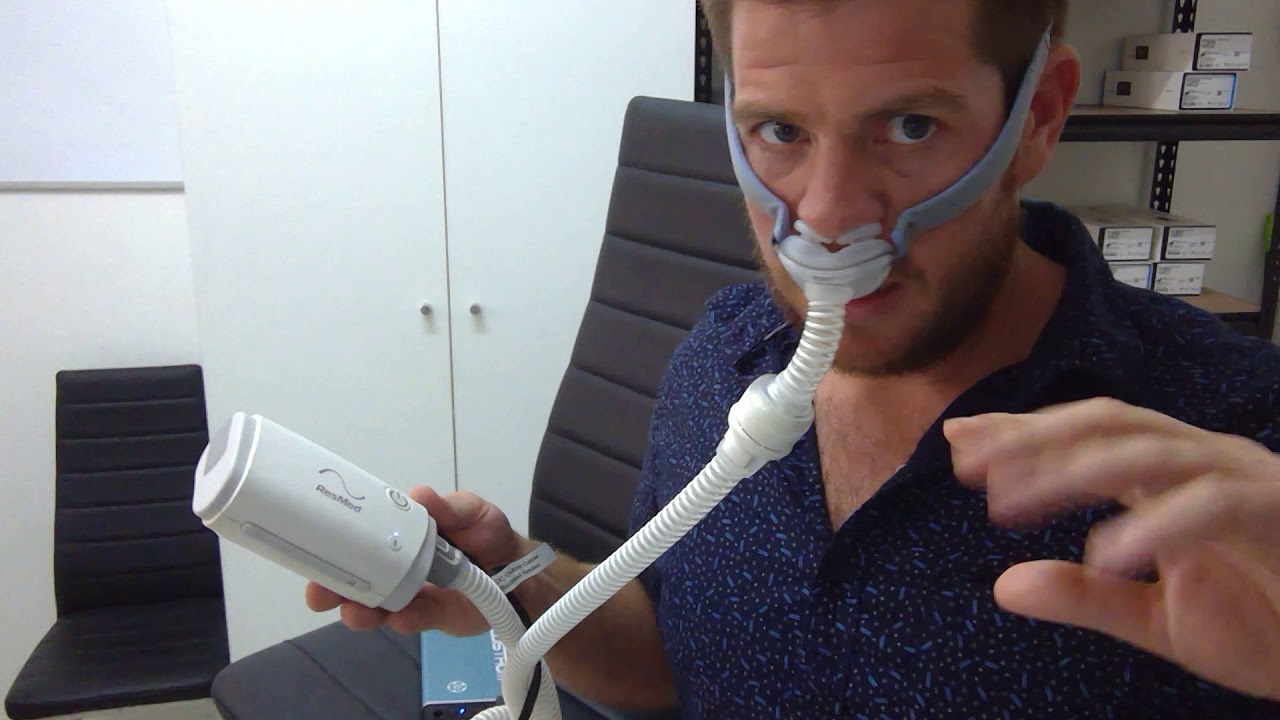Sleep apnea is a common sleep disorder that affects millions of people around the world. If you or someone you know has recently been diagnosed with sleep apnea, it’s important to understand the condition and the available treatment options. One of the most effective treatments for sleep apnea is continuous positive airway pressure (CPAP) therapy. In this beginner’s guide, we will simplify sleep apnea and provide an overview of CPAP machines in Australia, helping you navigate through this journey towards better sleep and improved health.
Understanding Sleep Apnea
Sleep apnea is a sleep disorder characterized by pauses in breathing or shallow breathing during sleep. These pauses, known as apneas, can last for a few seconds to minutes and can occur multiple times throughout the night. Sleep apnea can significantly disrupt a person’s sleep and lead to various health complications if left untreated.
It is essential to understand the impact of sleep apnea on overall health and well-being. The disorder not only affects the quality of sleep but also has far-reaching consequences on physical and mental health. By delving deeper into the science behind sleep apnea, we can uncover the intricate mechanisms that contribute to this condition.
The Science Behind Sleep Apnea
Sleep apnea occurs when the muscles in the back of the throat fail to keep the airway open during sleep. This can happen due to a relaxation or collapse of the muscles, obstructing the airflow. When the airway becomes partially or completely blocked, the brain senses a shortage of oxygen and prompts a brief awakening to restore normal breathing. These awakenings are often so brief that the person may not even remember them, but they disrupt the sleep cycle and prevent deep, restorative sleep.
Furthermore, the cycle of interrupted breathing and oxygen deprivation can have profound effects on the body. The repeated drops in oxygen levels during apneas put a strain on the cardiovascular system, leading to increased blood pressure and potential damage to the heart over time. Understanding these physiological responses is crucial in highlighting the importance of early detection and treatment of sleep apnea.

Symptoms and Risks of Sleep Apnea
Common symptoms of sleep apnea include loud snoring, gasping for air during sleep, excessive daytime sleepiness, morning headaches, and difficulty concentrating. If left untreated, sleep apnea can increase the risk of serious health conditions such as high blood pressure, heart disease, stroke, and diabetes. It can significantly impair quality of life and increase the risk of accidents due to daytime fatigue. Find more about stroke, visit at https://health.uconn.edu/stroke-center/what-is-a-stroke/.
Recognizing the signs and risks associated with sleep apnea is the first step towards addressing this prevalent sleep disorder. By educating individuals about the symptoms and potential consequences of untreated sleep apnea, we can promote early intervention and improve overall health outcomes. Stay informed and prioritize your sleep health to ensure a restful night’s sleep and a healthier tomorrow.
Introduction to CPAP Machines
CPAP machines, or continuous positive airway pressure machines, are the gold standard treatment for sleep apnea. These devices deliver a constant flow of air pressure to the airway, preventing it from collapsing during sleep and promoting regular breathing. CPAP therapy is highly effective in reducing the symptoms of sleep apnea and improving sleep quality. Learn more about Top CPAP Machines of the Year: Reviews and Buyer’s Guide click at https://duncksp.com/top-cpap-machines-of-the-year-reviews-and-buyers-guide/.
Individuals diagnosed with obstructive sleep apnea often experience pauses in breathing or shallow breathing during sleep, leading to disrupted sleep patterns and daytime fatigue. CPAP machines work by creating a pressurized airflow that acts as a splint to keep the airway open, allowing for uninterrupted breathing throughout the night. This continuous positive air pressure not only prevents apnea episodes but also reduces snoring, resulting in a more restful and rejuvenating sleep experience.
How CPAP Machines Work
A CPAP machine consists of three main components: a motor, a mask, and a hose. The motor generates a continuous flow of air at a prescribed pressure, which is delivered to the airway through the mask. The mask is worn over the nose, mouth, or both, depending on the individual’s breathing patterns and preferences. The hose connects the mask to the machine, allowing the air to flow smoothly.
Modern CPAP machines are equipped with advanced features such as heated humidifiers to prevent dryness in the airways, ramp settings that gradually increase pressure to help users fall asleep more comfortably, and data tracking capabilities to monitor therapy effectiveness. These technological innovations aim to enhance user compliance and overall treatment outcomes, ensuring that individuals with sleep apnea receive the support they need to enjoy restorative sleep. Learn more about technological innovations click here.
Different Types of CPAP Machines
There are various types of CPAP machines available in Australia, each designed to meet different needs. The standard CPAP machine delivers a fixed pressure throughout the night, while auto-adjusting CPAP machines automatically adjust the pressure based on the individual’s breathing patterns. Bi-level positive airway pressure (BiPAP) machines provide two different pressure levels, making them suitable for individuals who require higher pressure support.
In addition to these variations, there are travel-friendly CPAP machines that are compact and lightweight, ideal for individuals who need to continue their therapy while on the go. These portable devices ensure that users can maintain their treatment regimen even during travel, ensuring consistent therapy and uninterrupted sleep quality wherever they may be.
Benefits of Using CPAP Machines for Sleep Apnea
Using a CPAP machine for sleep apnea offers numerous benefits that can significantly improve overall health and well-being.
Individuals suffering from sleep apnea often struggle with fatigue, daytime drowsiness, and poor concentration due to interrupted sleep patterns. CPAP therapy effectively eliminates apneas and reduces the frequency of breathing disruptions during sleep. By ensuring a consistent flow of air pressure, CPAP machines help keep the airway open, allowing for uninterrupted breathing and enabling individuals to experience deep, restorative sleep. As a result, users often report feeling more refreshed and energized during the day.
Moreover, the benefits of CPAP usage extend beyond immediate improvements in sleep quality. Consistent use of a CPAP machine can have positive impacts on long-term health outcomes. By treating sleep apnea, CPAP therapy can lower the risk of cardiovascular problems, such as high blood pressure, heart disease, and stroke. It can also improve insulin sensitivity, reducing the likelihood of developing type 2 diabetes. Additionally, CPAP usage has been associated with improvements in mental health, cognitive function, and overall quality of life.
Improving Sleep Quality with CPAP
CPAP therapy is not just about alleviating the symptoms of sleep apnea; it also plays a crucial role in enhancing overall sleep quality. The continuous positive airway pressure delivered by the CPAP machine prevents the airway from collapsing, ensuring that oxygen levels remain stable throughout the night. This steady flow of oxygen promotes a deeper and more restful sleep, allowing individuals to progress through the various stages of the sleep cycle effectively.
Enhanced Comfort and Customization Options
Modern CPAP machines come equipped with advanced features to enhance user comfort and compliance. From adjustable air pressure settings to heated humidification systems, individuals have the flexibility to customize their CPAP therapy according to their preferences. Some machines also offer data tracking capabilities, allowing users and healthcare providers to monitor treatment progress and make necessary adjustments for optimal results. With a wide range of mask options available, including nasal masks, full-face masks, and nasal pillows, individuals can find a comfortable and secure fit that suits their unique needs.

Choosing the Right CPAP Machine in Australia
When selecting a CPAP machine in Australia, there are several factors to consider, ensuring that you find the right device for your individual needs.
CPAP (Continuous Positive Airway Pressure) machines are commonly used to treat sleep apnea, a condition characterized by pauses in breathing during sleep. These machines work by delivering a constant flow of air through a mask, keeping the airway open and allowing for uninterrupted breathing throughout the night.
Factors to Consider When Buying a CPAP Machine
Some key factors to consider when purchasing a CPAP machine include the noise level, size, portability, ease of use, and the availability of additional features such as ramp settings, humidification, and data recording. It’s essential to consult with a healthcare professional or a sleep specialist to determine the most suitable CPAP machine for your specific condition.
Noise level is a crucial consideration, especially for light sleepers. Some CPAP machines are designed to operate quietly, ensuring minimal disruption during sleep. Portability is another factor to think about, particularly if you travel frequently. Look for compact and lightweight models that are easy to transport.
Understanding CPAP Machine Features
Modern CPAP machines come with a range of features aimed at enhancing comfort and usability. These features can include adjustable pressure settings, heated humidification to prevent dryness, automatic altitude adjustment, and integrated wireless connectivity for data tracking and monitoring. Understanding these features can help you choose a CPAP machine that aligns with your preferences and requirements.
Adjustable pressure settings allow you to customize the airflow based on your individual needs, ensuring optimal therapy effectiveness. Heated humidification is beneficial for preventing dryness in the airways, reducing discomfort commonly associated with CPAP therapy. Automatic altitude adjustment is useful for individuals who live in or travel to high-altitude locations, ensuring consistent air pressure delivery.
Maintenance and Care for Your CPAP Machine
Proper maintenance and care for your CPAP machine are crucial to ensure its longevity and optimal performance.
When it comes to maintaining your CPAP machine, cleaning and replacing equipment are key components. Regular cleaning of the mask, hose, and humidifier chamber is essential to prevent the buildup of bacteria, mold, and other contaminants that could compromise the effectiveness of your therapy. It’s important to follow the manufacturer’s instructions for cleaning and replacement schedules to keep your equipment in top condition. Additionally, replacing the mask and other accessories on a regular basis is necessary to maintain a proper seal and ensure comfort during your therapy sessions.
Cleaning and Replacing CPAP Equipment
Regular cleaning of the mask, hose, and humidifier chamber is essential to prevent the buildup of bacteria, mold, and other contaminants. It’s important to follow the manufacturer’s instructions for cleaning and replacing the equipment. Replacing the mask and other accessories regularly is also necessary to maintain a proper seal and ensure comfort during therapy.
Moreover, troubleshooting common CPAP problems is another skill that can come in handy for CPAP users. While CPAP therapy is generally reliable, occasional issues may arise that can disrupt your sleep apnea treatment. By familiarizing yourself with common troubleshooting steps for problems like air leaks, mask discomfort, or excessive noise, you can address these issues promptly and ensure uninterrupted therapy.
Troubleshooting Common CPAP Problems
While CPAP therapy is generally reliable, occasional issues may arise. Familiarizing yourself with common troubleshooting steps for problems like air leaks, mask discomfort, or excessive noise can help you resolve these issues promptly and ensure uninterrupted therapy.
In conclusion, CPAP machines in Australia offer an effective solution for managing sleep apnea and improving sleep quality. By understanding the basics of sleep apnea, the benefits of CPAP therapy, and the factors to consider when choosing a CPAP machine, you can make informed decisions that support your journey towards better sleep and overall health. Maintaining proper care and regularly maintaining your CPAP machine will ensure its longevity and allow you to reap the maximum benefits of this life-changing therapy.




